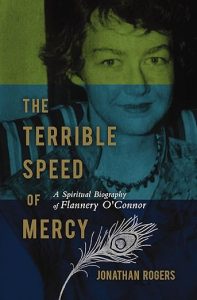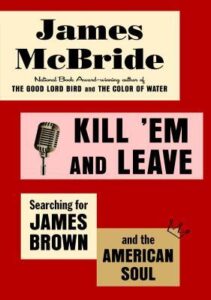 Summary: A teen watches her friend get killed by a cop during a traffic stop and her life and the lives of those around her spiral out of control.
Summary: A teen watches her friend get killed by a cop during a traffic stop and her life and the lives of those around her spiral out of control.
The Hate U Give has had a lot of hype. It was nominated for a National Book Award, it won two awards in the Goodreads Readers Choice awards, and Audible.com’s Editor Choice for book of the year among other awards.
One friend on goodreads said she read it with a question about whether The Hate U Give was really a great book or whether it was a book that matters because of the moment. In the end she decided the later and not the former, but I am not sure. It does matter because of the moment. Young adult and other fiction readers are asking for more books by and about people of color. And there is a need for realistic portrayals of difficult ethical situations. But I also think it was well written.
Starr is 16. She lives in Garden Heights, a poor neighborhood of New York City but attends school in a wealthy suburban private school. She lives a double life. Her father is an ex-gang member and black power advocate that is committed to helping people in the neighborhood. Her mother is a nurse, equally committed, but also concerned about the impact of their neighborhood on the lives that her children live.

 Takeaway: Can we really know someone who does not want to be known?
Takeaway: Can we really know someone who does not want to be known? Summary: An ambassador, Genly Ai, attempts to bring the planet Winter, into Ekumen (an intergalactic United Nations).
Summary: An ambassador, Genly Ai, attempts to bring the planet Winter, into Ekumen (an intergalactic United Nations). 



